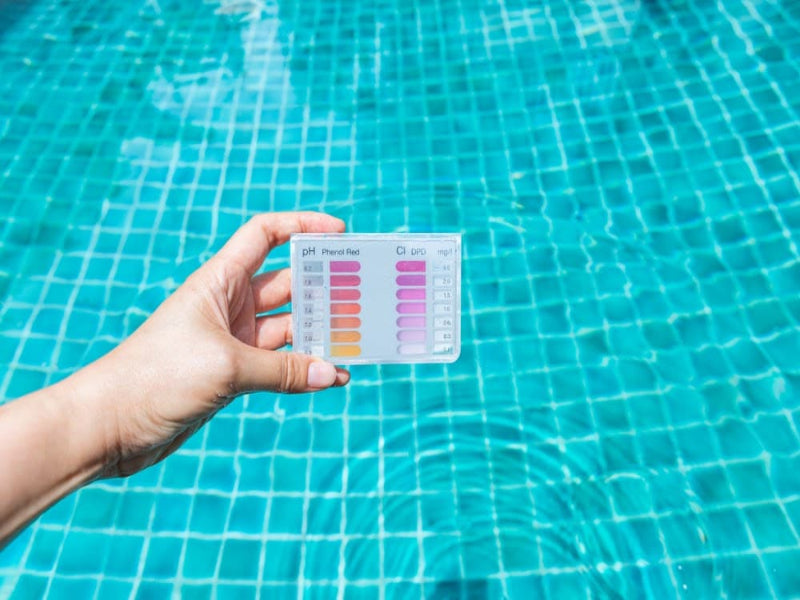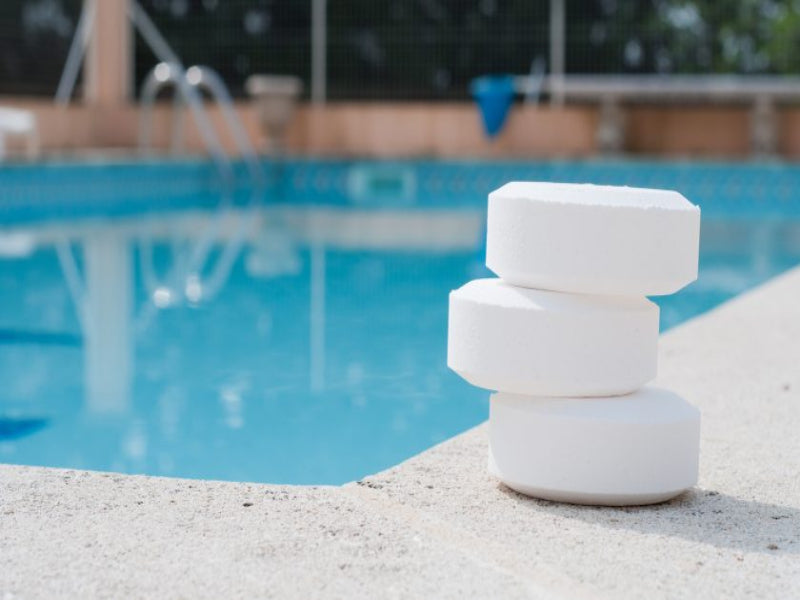pH stands for potential hydrogen. It is a parameter used to determine whether a medium (such as pool or spa water) is acidic or basic. It is used to measure the acidity or alkalinity of a solution.
pH is measured on a scale of 0 to 14.
- a value of 7 is said to be neutral,
- a value lower than 7 is said to be acidic,
- and a value greater than 7 is said to be alkaline or basic.
INFLUENCES ON PH
pH can be influenced by natural or human causes.
Natural influences:
- Rainfall (naturally acidic)
- Water turbulence
- Mixing sea water
- Aquatic plants
- Aeration
- Evaporation
- Water Source
- Airborne debris
Human influences:
- Acid rain
- Organic waste (decomposition of organic waste can lower the pH of the water through bacteria)
- Water balance chemicals
- Disinfectants
WHAT DOES THIS MEAN IN PRACTICE IN A POOL?
Properly balanced water creates an environment that optimizes the disinfection process and protects pool-spa system components from chemical corrosion.
Pool water should be neutral or slightly basic. The ideal acceptable level is 7.4. However, this level depends on:
- the hardness of your water (limescale content).
- water treatment products, including disinfectants such as chlorine
On the other hand, pH is closely related with total alkalinity, which is actually the measure of water's ability to resist pH changes.
Finally, copper-silver ionization at a neutral pH, which significantly reduces maintenance of water balance as well as the addition of chemicals.







Leave a comment
This site is protected by hCaptcha and the hCaptcha Privacy Policy and Terms of Service apply.